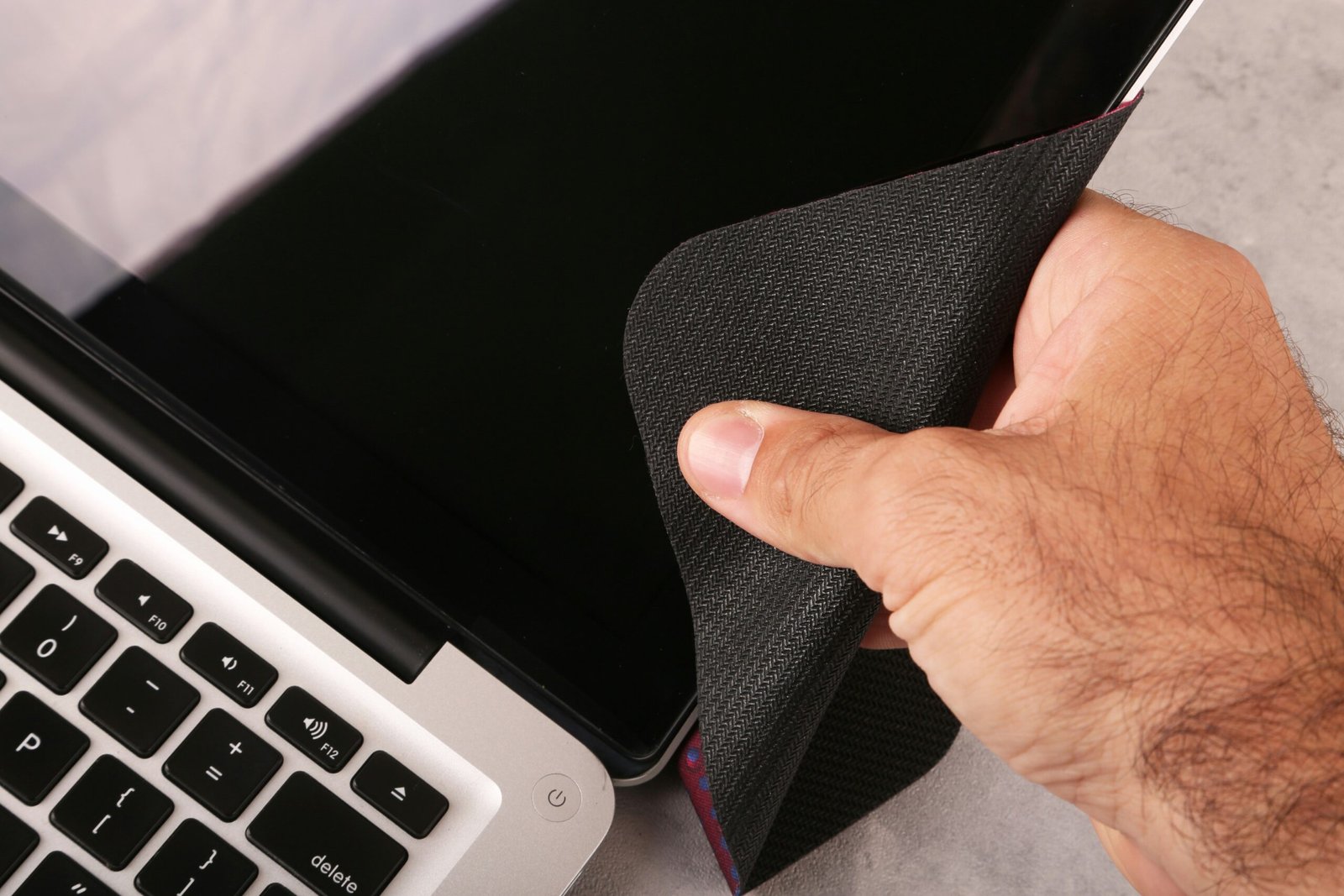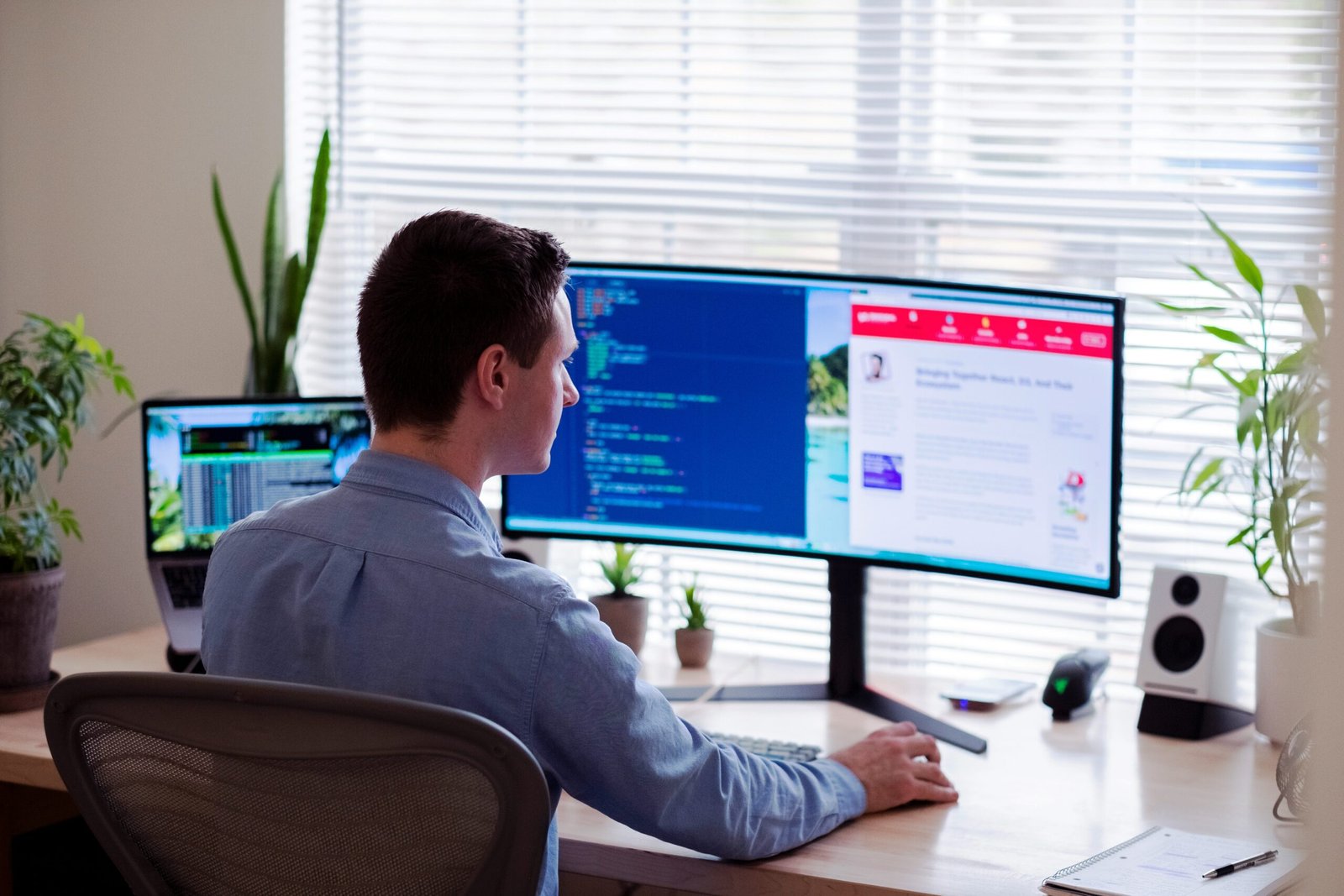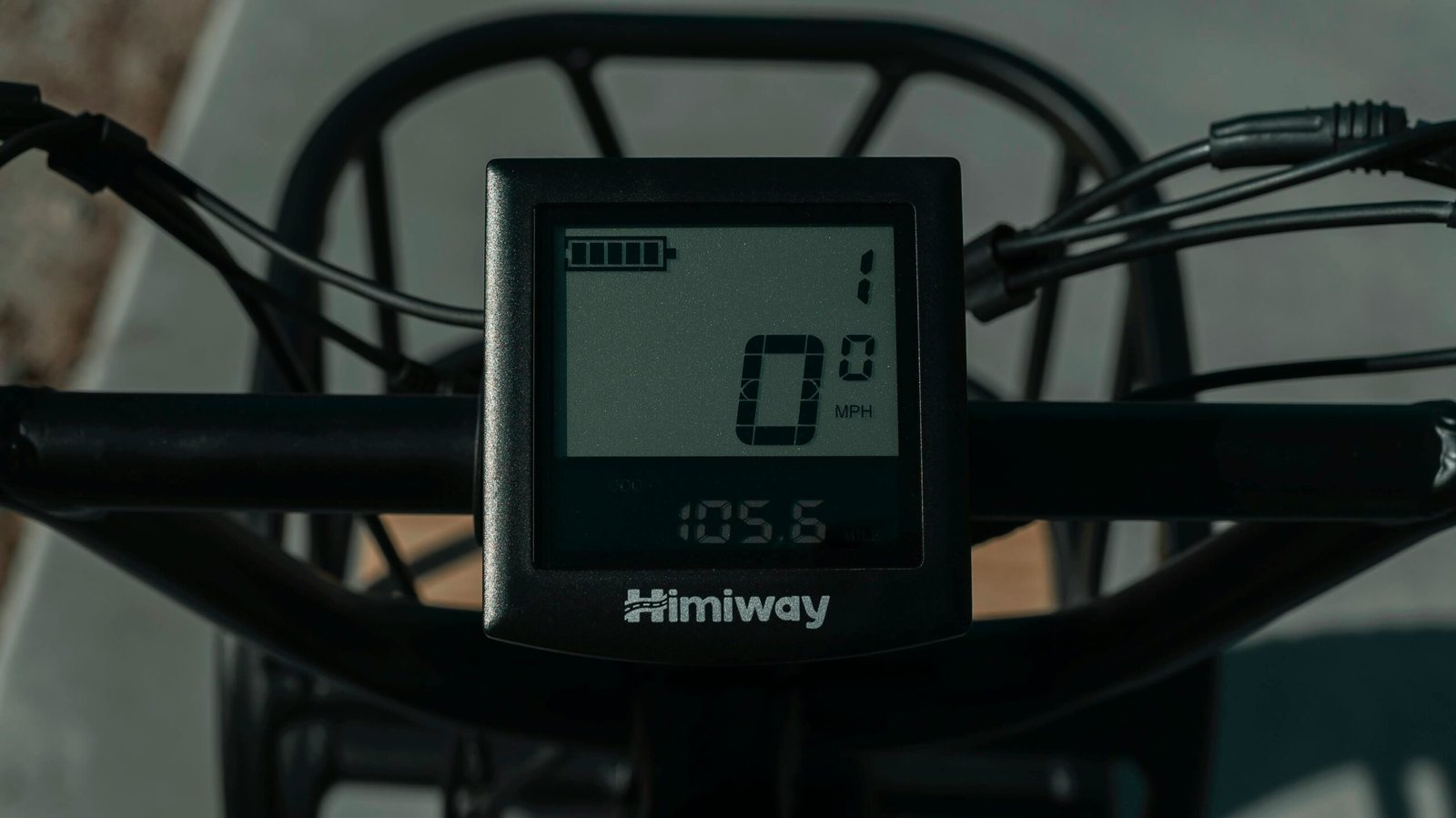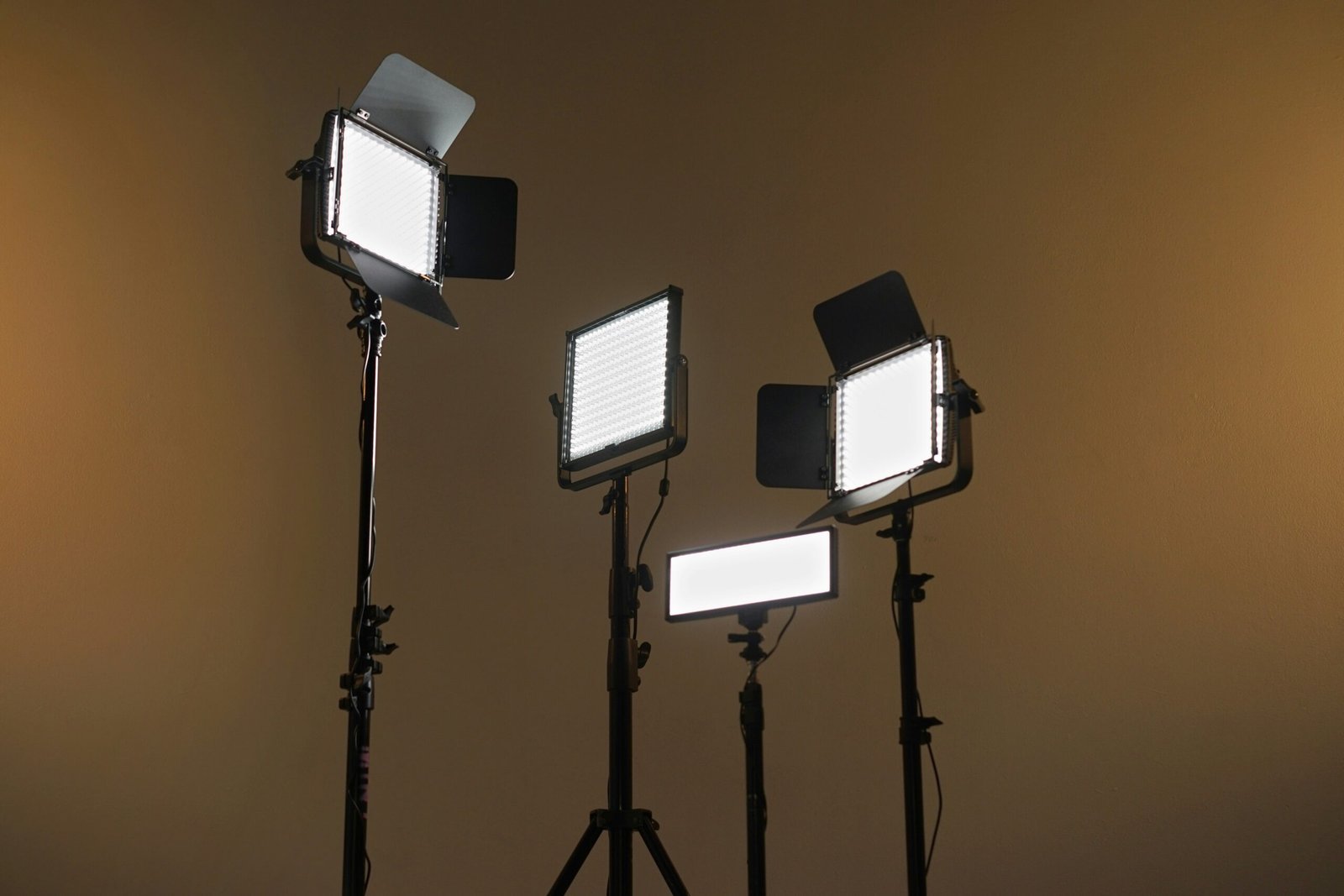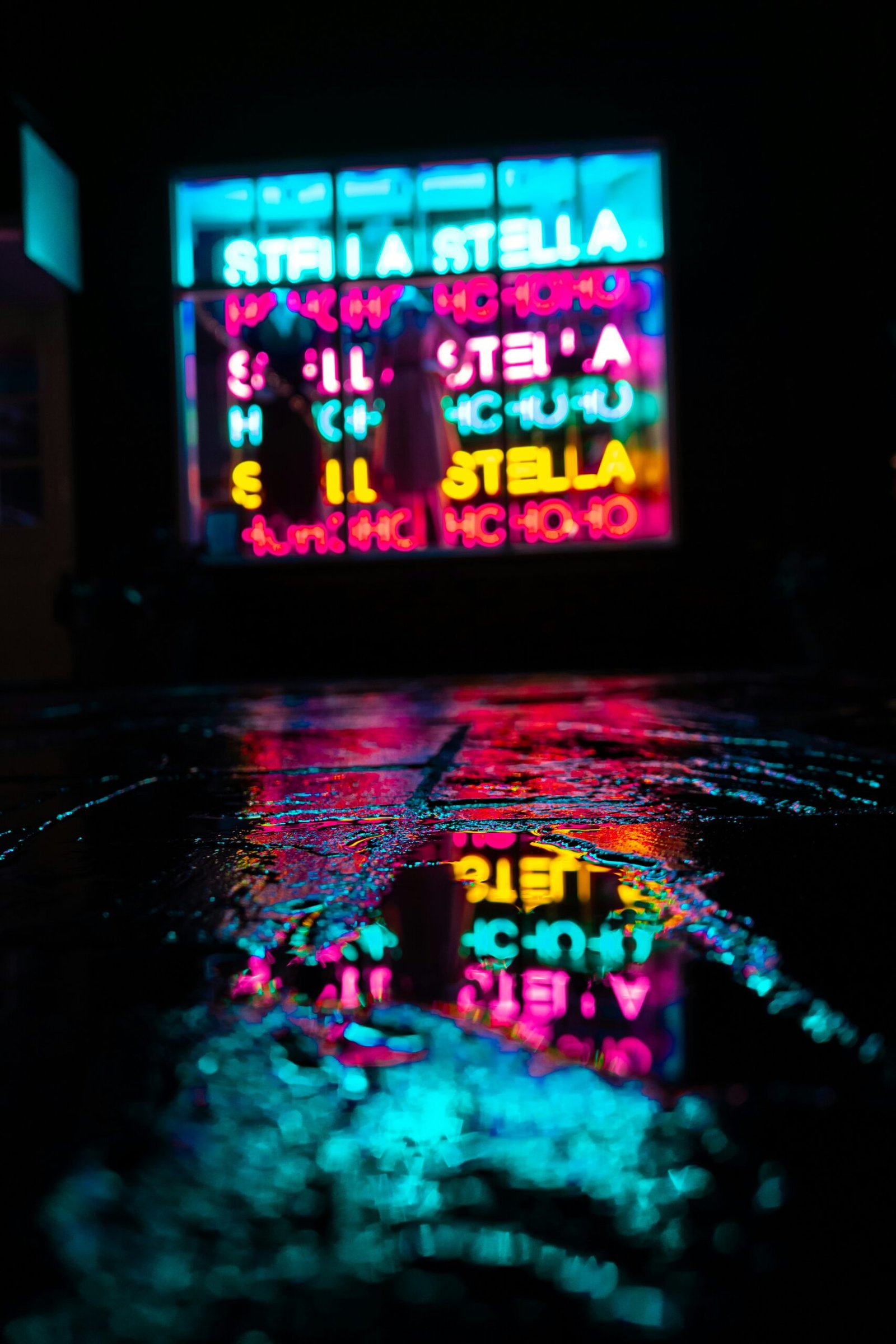How to Effectively Remove Sticky Residue from Your LCD Screen
“`html
Understanding the Problem: Causes of Sticky Residue on LCD Screens
LCD screens are susceptible to various contaminants that can lead to sticky residue, impairing screen visibility and functionality. One frequent cause is everyday mishaps, such as accidental spills of food and drinks. These liquids can quickly become sticky as they dry, leaving unsightly marks and potential hazards.
Another common issue arises from the use of adhesives. Many people apply screen protectors or labels to their LCD screens, which serve as a beneficial protective layer. However, upon removal, these items often leave behind a sticky adhesive residue. This residue can be challenging to eliminate if not addressed promptly and correctly.
Furthermore, regular usage can introduce other contaminants like dust, sweat, and natural oils from skin contact. When these particles blend, particularly under the warmth generated by the screen, they can form a sticky layer making the cleaning process more intricate.
Addressing these various causes of sticky residue is critical. Leaving residues unchecked could lead to more severe, long-term damage to the screen, potentially affecting the display quality and the device’s overall longevity. Therefore, immediate and proper cleaning is essential to maintain the screen’s pristine condition, ensuring that your viewing experience remains optimal and free from distractions.
“““html
Preparation: Tools and Materials You Will Need
Before diving into the process of removing sticky residue from your LCD screen, it’s crucial to gather the appropriate tools and materials. Using the right supplies ensures not only the cleanliness but also the longevity of your screen. Below is a list of the essential items you’ll need:
Microfiber Cloths: These are indispensable for cleaning LCD screens due to their ability to gently wipe away residue without scratching the surface. Their soft texture ensures your screen remains free from damage while effectively removing unwanted substances.
Distilled Water: Often underestimated, distilled water plays a significant role in safely cleaning your screen. Its purity is pivotal in preventing any additional residue that tap water might leave behind. Be sure to use it in a spray bottle for easier application.
Isopropyl Alcohol (at least 70% concentration): A mild solvent that’s highly effective for breaking down stubborn sticky residues. However, it’s essential to dilute it with distilled water by mixing at a ratio of 1:1 to prevent any potential damage or streaks on the screen.
Specialized LCD Cleaning Solutions : These products are specifically designed for screen cleaning and often include anti-static properties. Make sure to follow the manufacturer’s instructions when using these solutions for optimal results.
Materials and Tools to Avoid:
When it comes to cleaning your LCD screen, some materials can cause more harm than good. Here are a few that you should definitely steer clear of:
Abrasive Cloths and Scrubbing Pads: These items can easily scratch and damage the delicate surface of LCD screens, leading to permanent marks.
Ammonia-Based Cleaners: Products containing ammonia, such as general-purpose glass cleaners, can erode the anti-glare coating on your screen, leaving you with a less vibrant display.
By carefully selecting and using the right tools, you can effectively remove sticky residue from your LCD screen while preserving its quality and functionality. Proper preparation is the first and crucial step toward a cleaner, clearer screen.
“`
Step-by-Step Guide to Removing Sticky Residue
When faced with the task of removing sticky residue from your LCD screen, following a meticulous, step-by-step approach ensures both safety and effectiveness. Begin by turning off your device and unplugging it, eliminating any risk of electrical damage during the cleaning process.
Next, use a dry microfiber cloth to gently wipe the screen, removing loose debris and dust particles. Microfiber cloths are specifically designed to clean delicate surfaces without causing scratches. Avoid using paper towels or other abrasive materials that could harm the screen.
Once the screen is free of loose particles, prepare your cleaning solution. It’s crucial to apply the solution to the cloth rather than directly onto the screen to prevent liquid from seeping into the device. A mixture of distilled water and white vinegar, or a specialized LCD screen cleaner, can be effective. Lightly dampen a corner of the microfiber cloth with the solution.
Tackling the sticky residue requires specific techniques. Gently rub the dampened cloth in a circular motion over the affected area. Avoid applying excessive pressure, as forceful rubbing can damage the screen. Continue to clean in small sections, ensuring thorough and even coverage.
If the residue proves to be particularly stubborn, repeat the process as necessary. Regularly check the screen for streaks or remnants, and use a dry portion of the microfiber cloth to buff the area gently, enhancing its clarity and shine.
Maintaining a methodical approach not only ensures the removal of sticky residue but also preserves the integrity of your LCD screen. By adhering to these steps, you can effectively clean your screen, restoring its pristine condition without risking damage.
Tips for Maintaining a Clean and Clear LCD Screen
Maintaining an LCD screen free from sticky residues and contaminants ensures a longer lifespan and optimal display quality. Here are some best practices to follow:
Frequent Cleaning: Regular upkeep is essential. Use a microfiber cloth to wipe the screen weekly or more frequently if the device is heavily used. This simple habit prevents the buildup of dust and grime over time. Incorporate a gentle cleaning solution, specifically designed for screens, to address more stubborn dirt safely.
Screen Protectors: Applying a screen protector serves as a first line of defense against residues and scratches. These protective films can be easily replaced, ensuring the actual screen remains pristine. Choose a high-quality protector that does not distort the display clarity.
Food and Drinks: Keeping food and beverages away from your device minimizes the risk of accidental spills and sticky residues. Ensure a designated area for eating and drinking, distinct from where you use your electronics.
Handling with Clean Hands: Always handle the LCD screen with clean hands to prevent oil, dirt, and other contaminants from transferring onto the surface. This is especially important after eating or using lotions and creams.
Safe Storage of Cleaning Materials: Store cleaning materials, such as microfiber cloths and cleaning solutions, in a clean, dry place to prevent contamination. Make sure to replace these materials regularly to maintain their effectiveness.
Correct Techniques: Using the right cleaning techniques not only ensures a clear screen but also prolongs its lifespan. Avoid applying excessive pressure when cleaning, and use circular or gentle sweeping motions. Steer clear of harsh chemicals and abrasive materials that could damage the screen.
By following these practices, you can maintain a clean and clear LCD screen, ensuring its longevity and pristine appearance.

